|
Concord:
The Heart of Transcendentalism
The marble walk that leads up to
[Emerson’s] door has been trodden by the feet of many pilgrims from all parts
of the world, drawn thither by their love and reverence for him. In that
famous study, his townspeople have had the privilege of seeing many of the
great and good men and women of our time, and learning of their gracious host
the finest lessons of true courtesy. I have often seen him turn from
distinguished guests, to say a wise or kindly word to some humble worshipper
sitting modestly in a corner, content merely to look and listen, and who went
away to cherish that memorable moment long and gratefully.
~Louisa May
Alcott, from an article in The Youth’s Companion
|
While
much of the exchange between the Transcendentalists occurred in Boston,
without a doubt the heart of the movement was in the nearby small town
of Concord. Located just twenty miles west of Boston, Concord was the
birthplace for Henry David Thoreau and a long-time home for members of
Ralph Waldo Emerson’s extended family. Having spent boyhood summers in the
town, Emerson settled here as an adult. The Hawthornes and Alcotts also
lived in the small town for some years.
By
the 1850s, Concord had become a pilgrimage destination, as people from all
over the United States – and indeed the world – came to pay homage to the
great sage, Ralph Waldo Emerson. This timeline
of events provides an excellent overview of the Transcendentalist
movement in Concord. To visualize the area, see this excellent
collection of historical maps of Concord.
Right:
Map of Concord,
Library of Congress Geography and Maps Division.
|
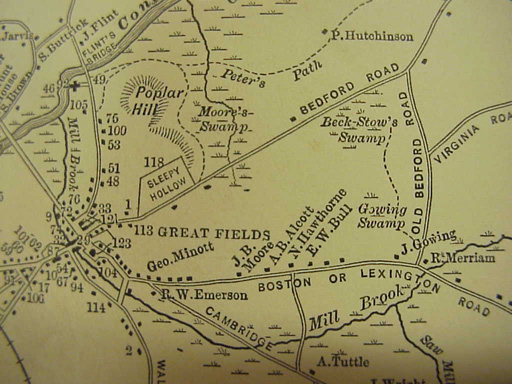
|
|
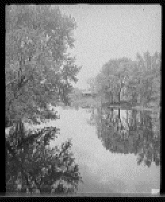
|
Earlier
in its history, Concord had been the site of the beginning of the
Revolutionary War. Visitors to Concord should consider the factors that
contributed to the small
town’s emergence as a crucial place in American history and culture.
Useful in getting oriented in Concord is the Minute Man National
Historical Park.
Left: Concord River from the North
Bridge (Library of Congress, Prints and Photographs Division, Detroit
Publishing Company Collection, det 4a22974).
|
|
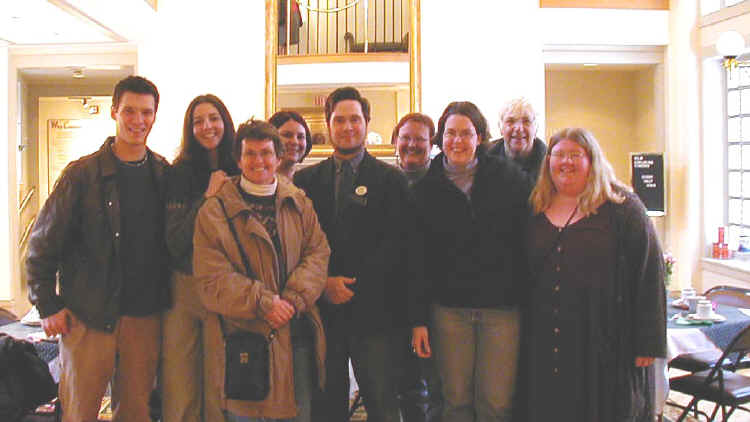
|
Without
a doubt, the place to stop in Concord is the Concord Museum,
built on part of the Emerson apple orchard. Here visitors can see Emerson’s
study, brought in full from the Emerson House (across the street from the
museum), as well as Thoreau’s desk, walking stick, and bedstead from his
cabin at Walden Pond.
Left: “Henry David Thoreau” (Richard
Smith, center), with Shepherd College class, Concord Museum, Concord,
Massachusetts (collection of Linda Tate).
|
|


|
The most famous home within Concord proper is the home
Nathaniel Hawthorne dubbed “The
Old Manse.” Inhabited by several generations of ministers in Emerson’s
family, the Old Manse was both the home of Ralph Waldo Emerson and, later,
Nathaniel Hawthorne and his wife, Sophia Peabody Hawthorne.
It
was here that Emerson wrote “Nature,” the 1836 essay that marked the start
of the Transcendentalist movement. Here also, Hawthorne wrote a famed
collection of prose pieces, Mosses from an Old Manse. The Hawthornes
got to know Thoreau while they lived in this home. Later, Emerson moved to
another house across from the Concord Museum, and the Hawthornes moved to
the Wayside (next door to the Orchard House). Read
Linda’s thoughts about the Old Manse.
Left,
top: The Old
Manse, Concord, Massachusetts (photo by Anna Hughes). Left, bottom:
The Wayside (Library of Congress, Prints and Photographs Division, Detroit
Publishing Company Collection, det 4a31668).
|
|
|

|
Located nearby is Orchard House,
where the Bronson Alcott family lived for some time. Orchard
House is open to the public, and visitors – including cyber visitors – can
tour the rooms
of Orchard House. The rooms still feature daughter May Alcott’s
drawings. Because the family had little money for art supplies, the Alcotts
allowed their gifted daughter to draw directly on the walls. The drawings
are still preserved exactly as May first drew them. Particularly notable in this
family were the father, Bronson
Alcott, and his daughter, Louisa
May Alcott, called by one source the “daughter of the Transcendentalists.”
Directly
next to Orchard House is Bronson Alcott’s School of Philosophy, part of his
effort to reform education. Read
Cat’s thoughts on Bronson Alcott, and then be sure to read
what Tiffany has to say about him. Read
Linda’s reflections on Louisa May Alcott.
Left,
top: Orchard
House (photo by Cat Hall). Left, bottom: School of Philosophy (photo
by Cat Hall).
|
|
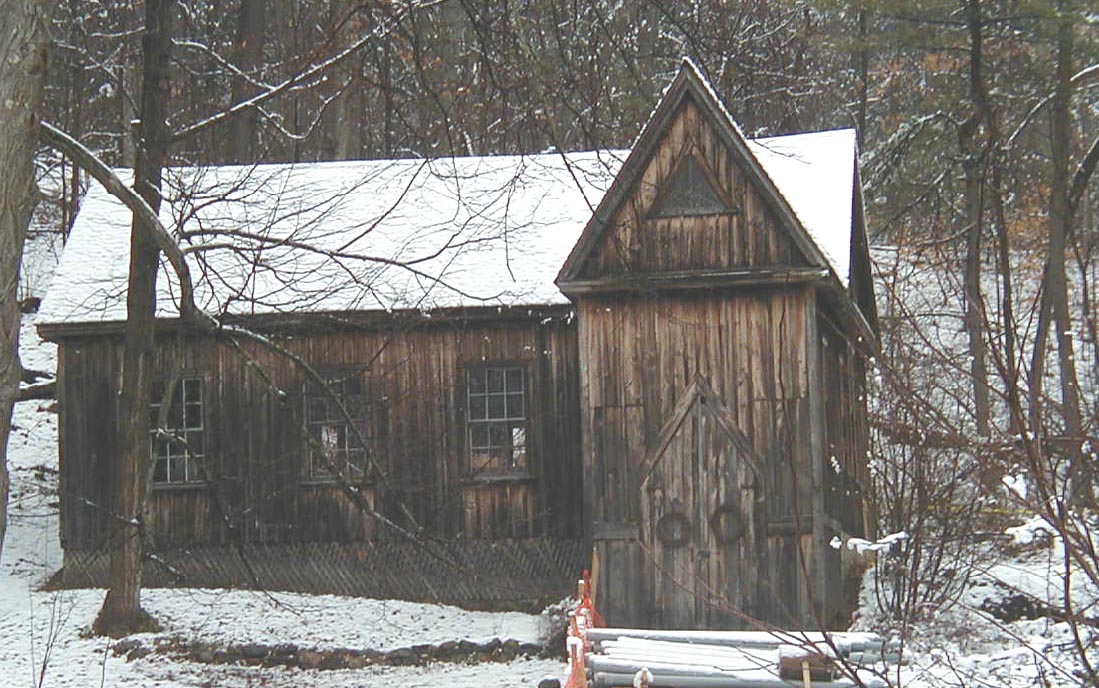
|
|
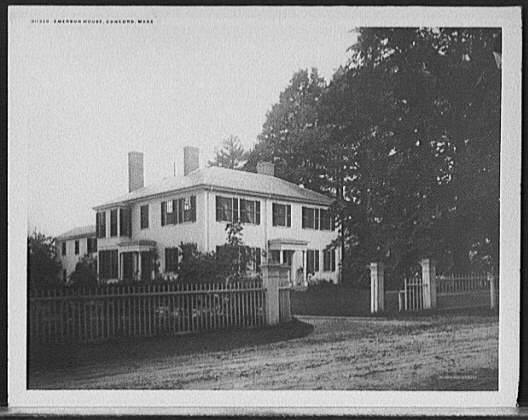
|
After
leaving the Old Manse, Emerson established his own home in Concord. It
was here that many visitors came to talk with the great founder of Transcendentalism.
Margaret Fuller, the leading woman in the Transcendentalist movement and
the editor of the Transcendentalist magazine, The Dial, said this in
an 1842 letter to Emerson: “I like to be in your library when you are
out of it. It seems a sacred place. I came here to find a book, that I
might feel more life and be worthy to sleep, but there is so much soul here
I do not need a book. . . .”
Left: Emerson House, Concord,
Massachusetts (Library of Congress, Prints and Photographs Division,
Detroit Publishing Company Collection, LC-D4-11360 DLC).
|
|







